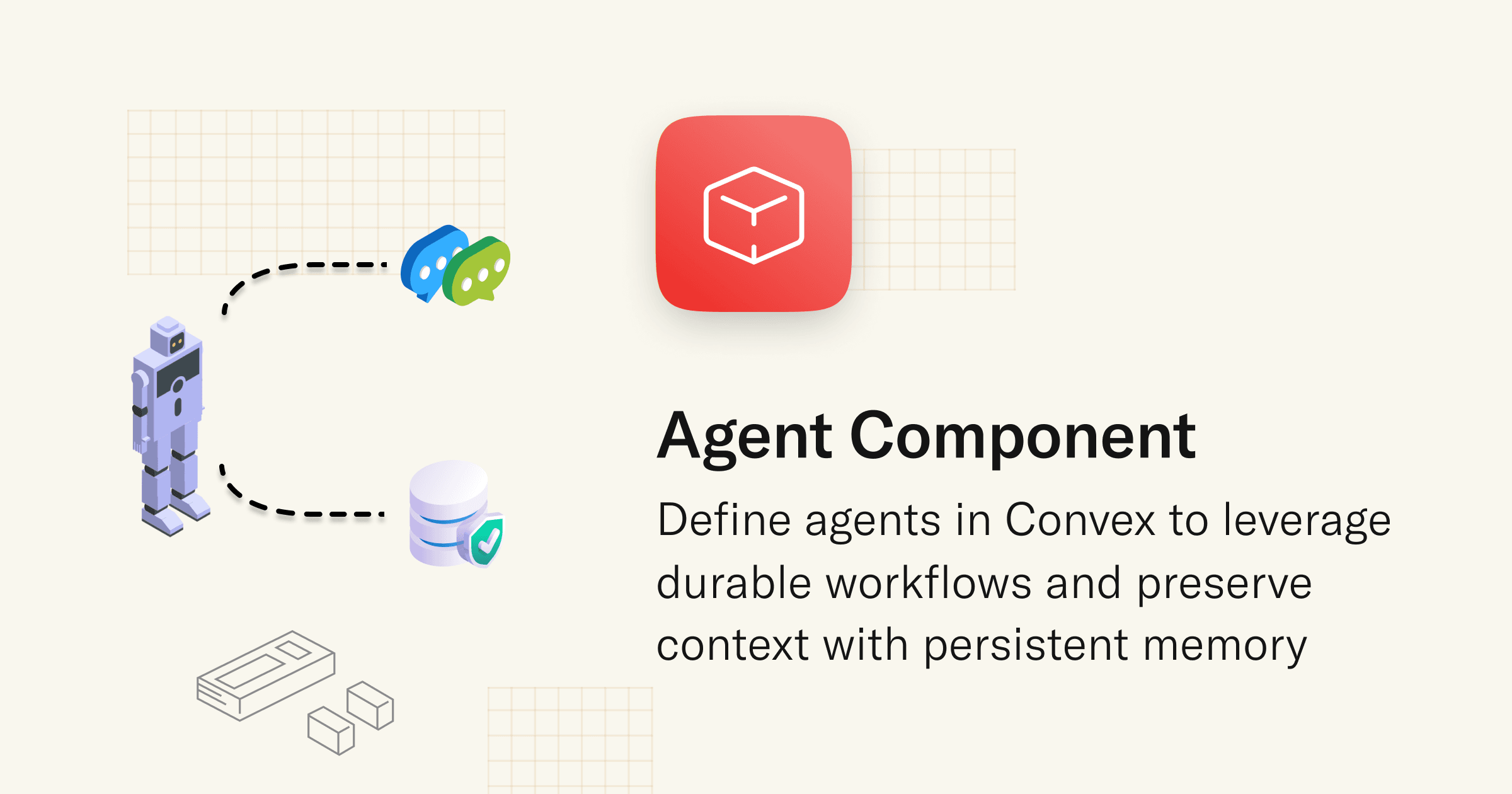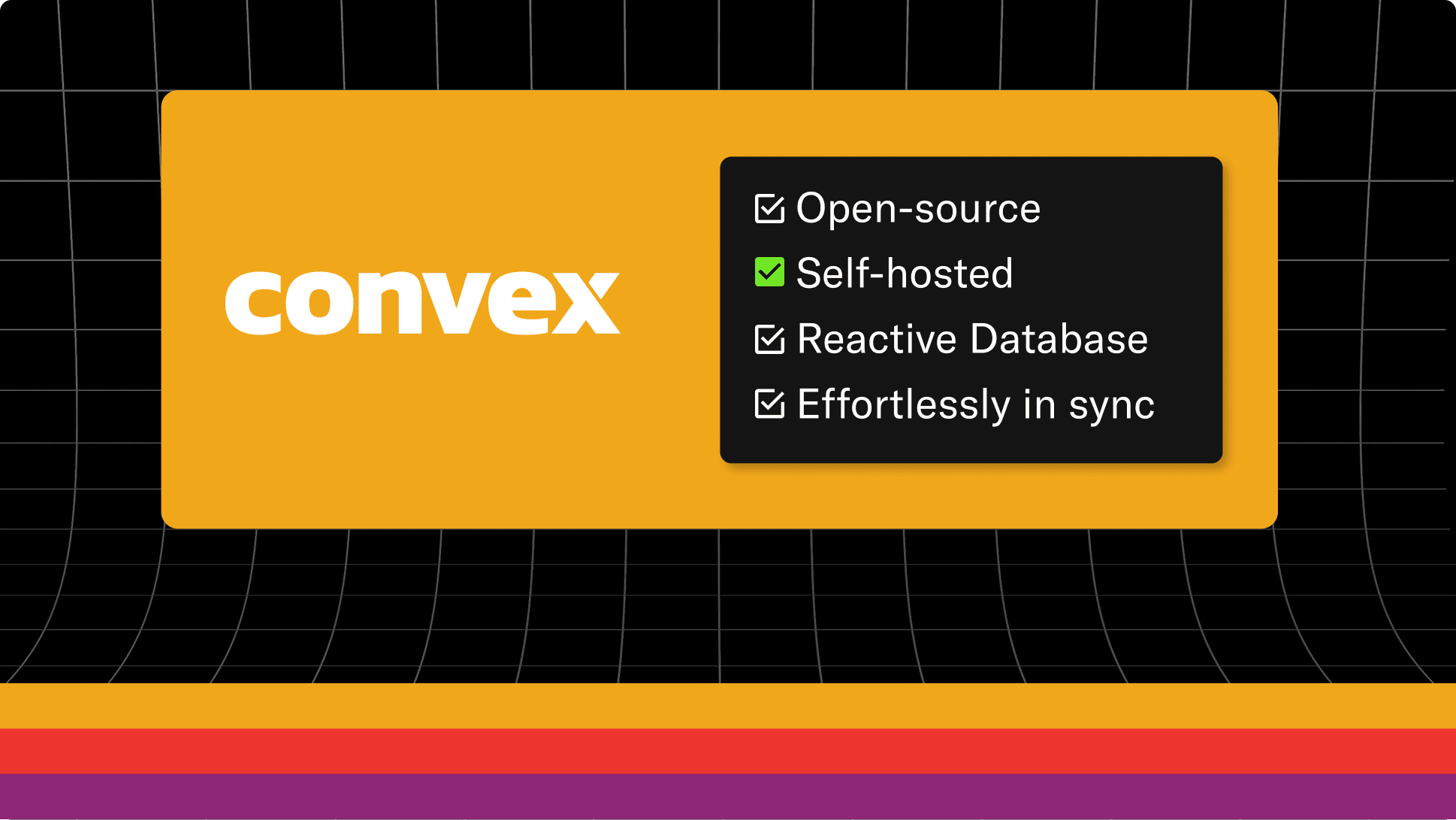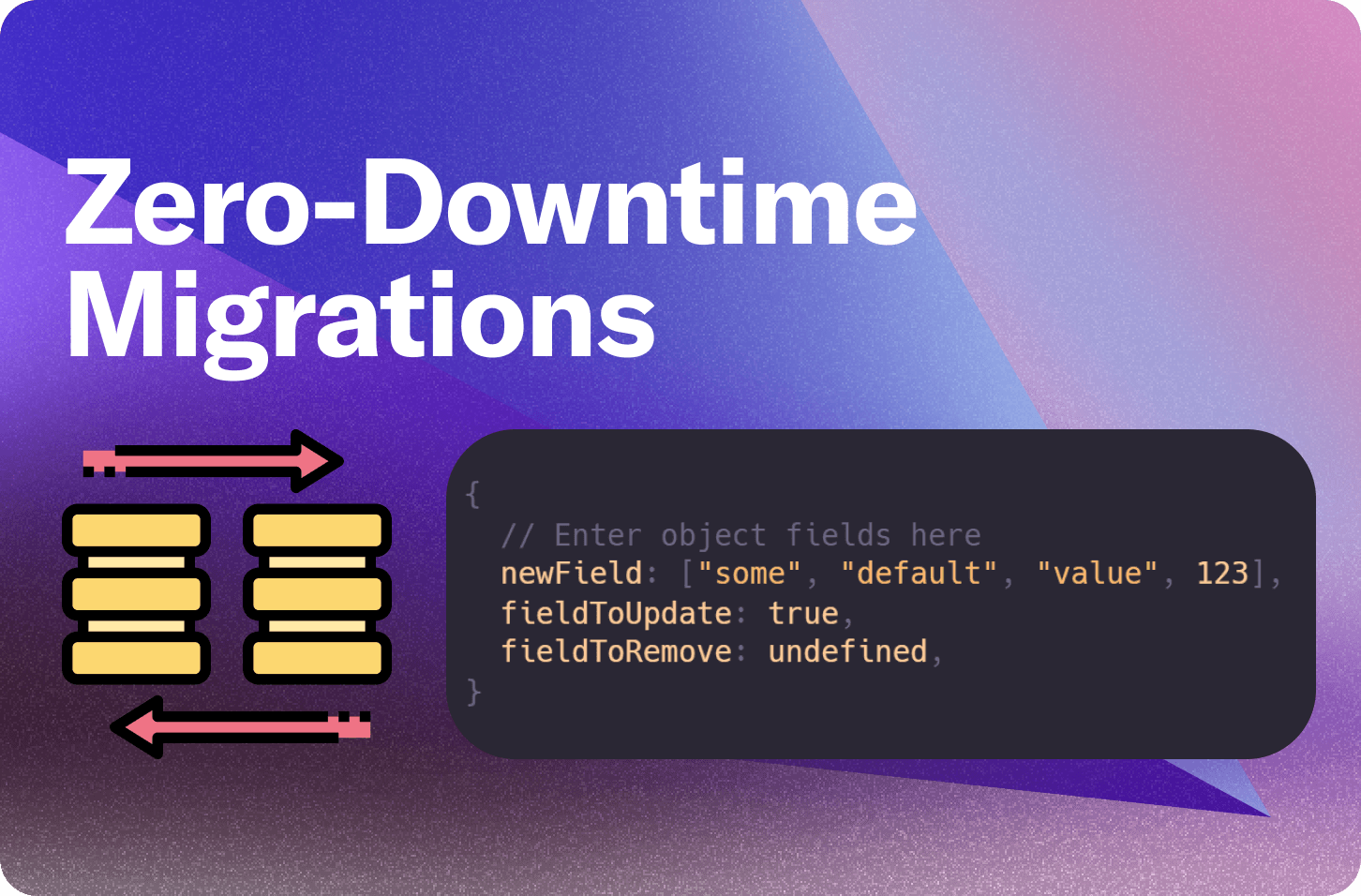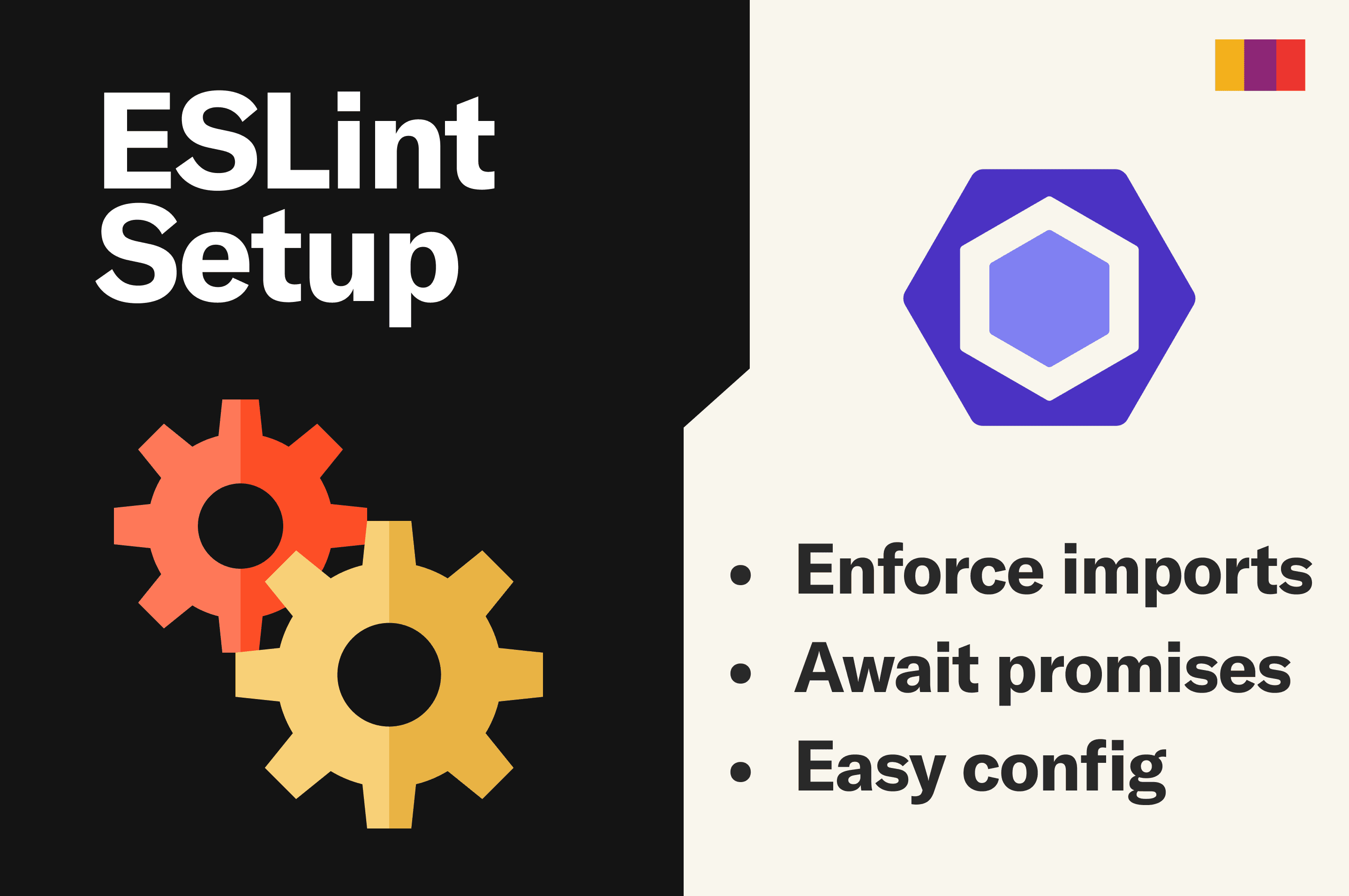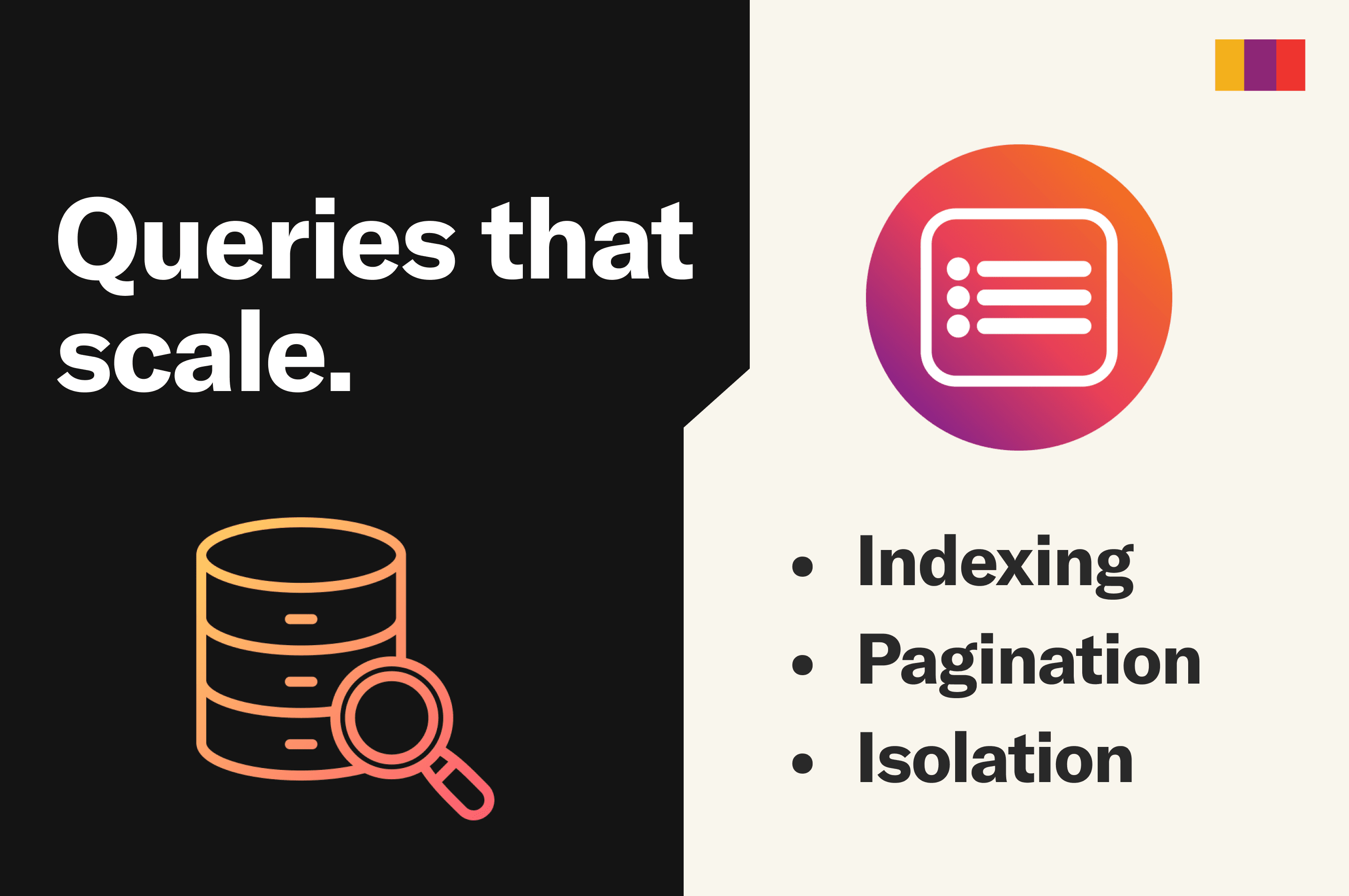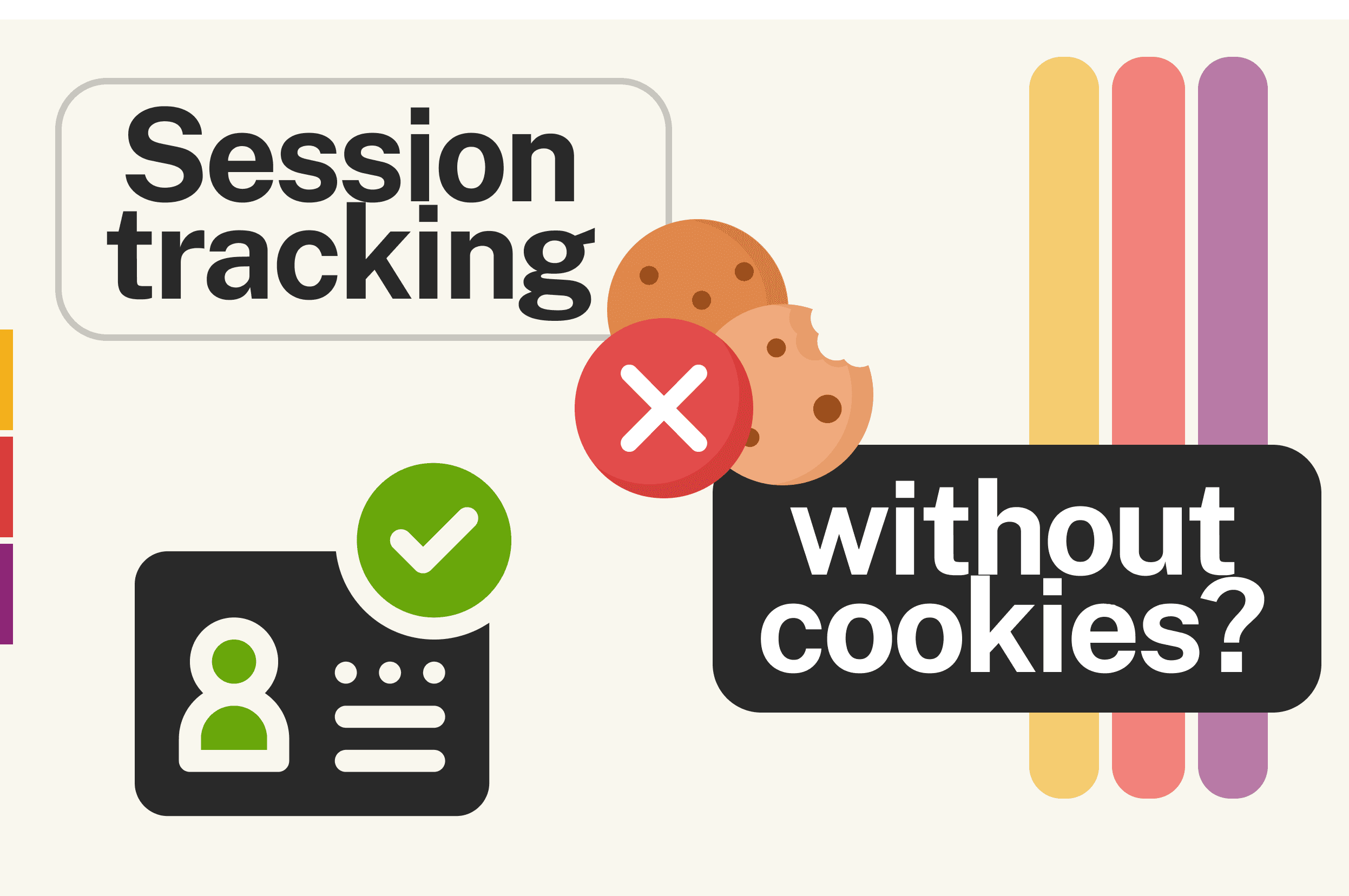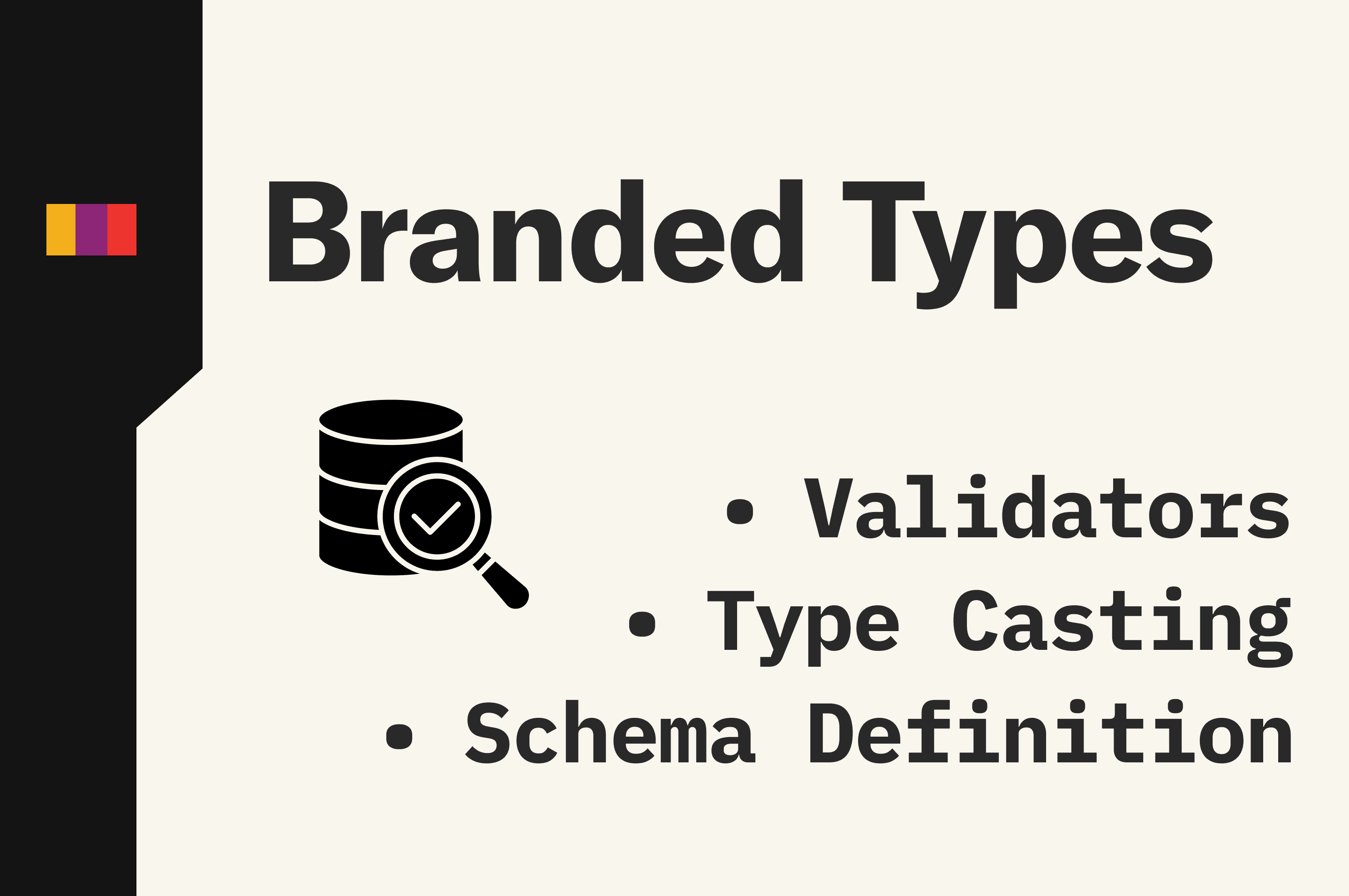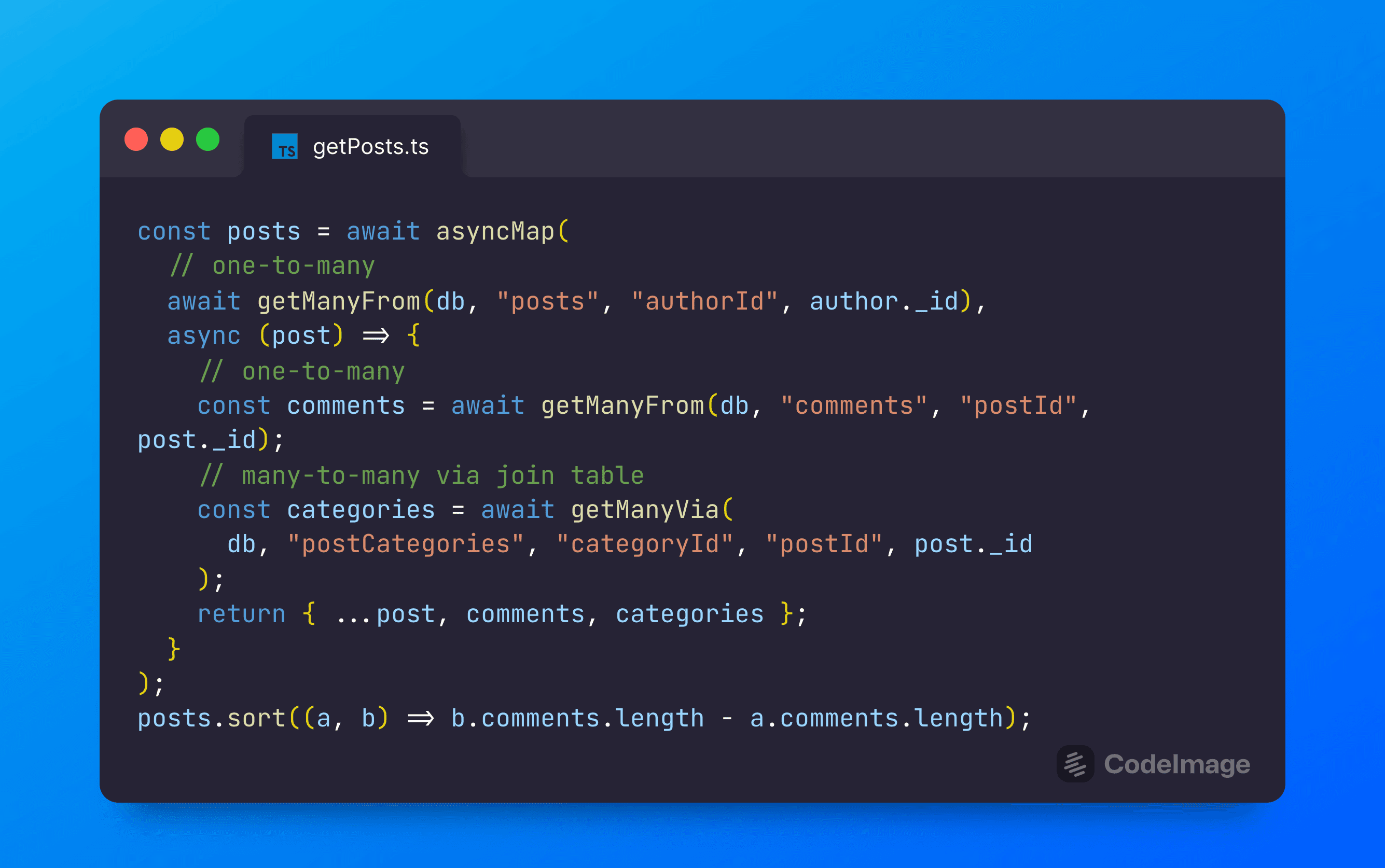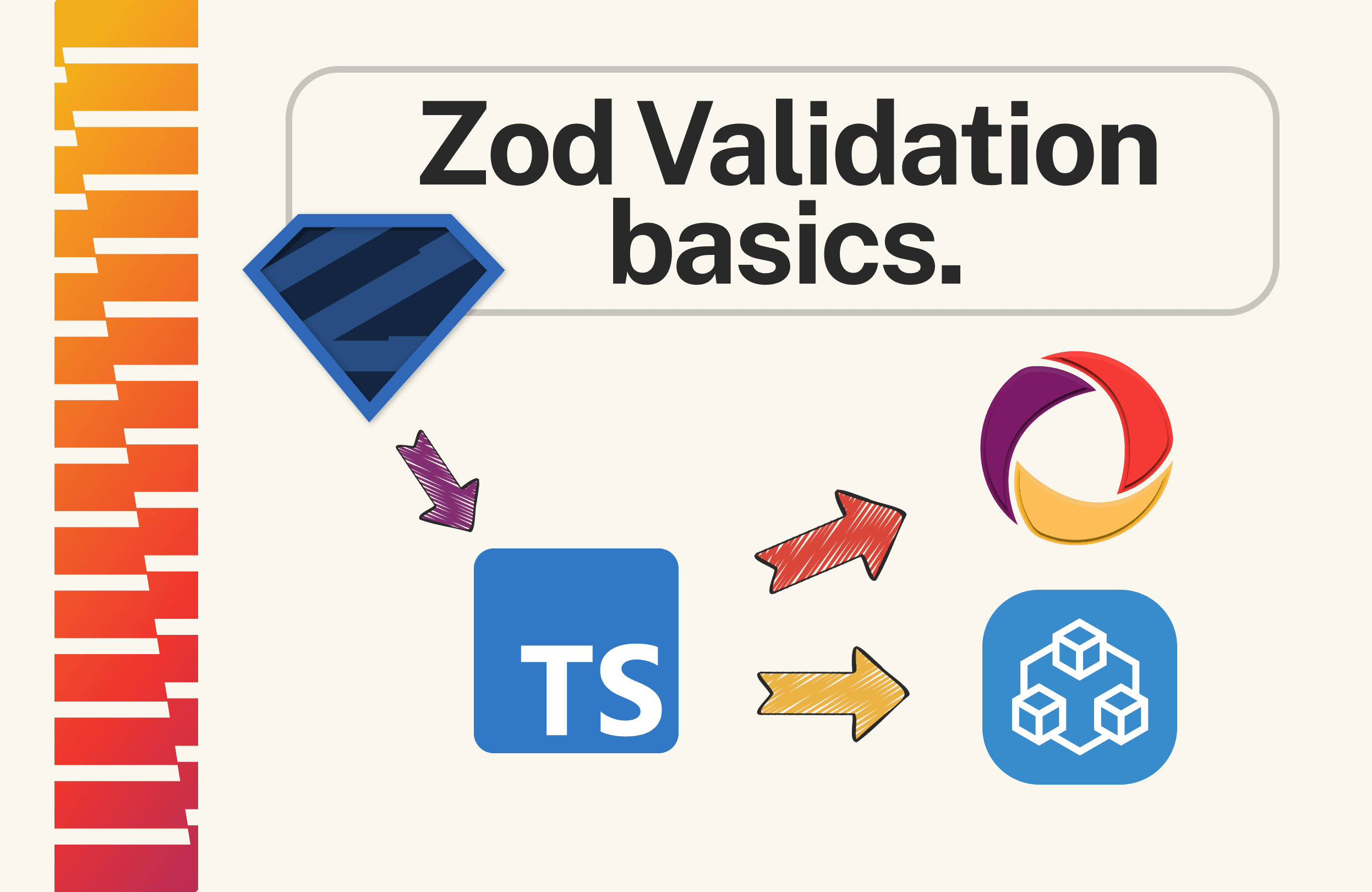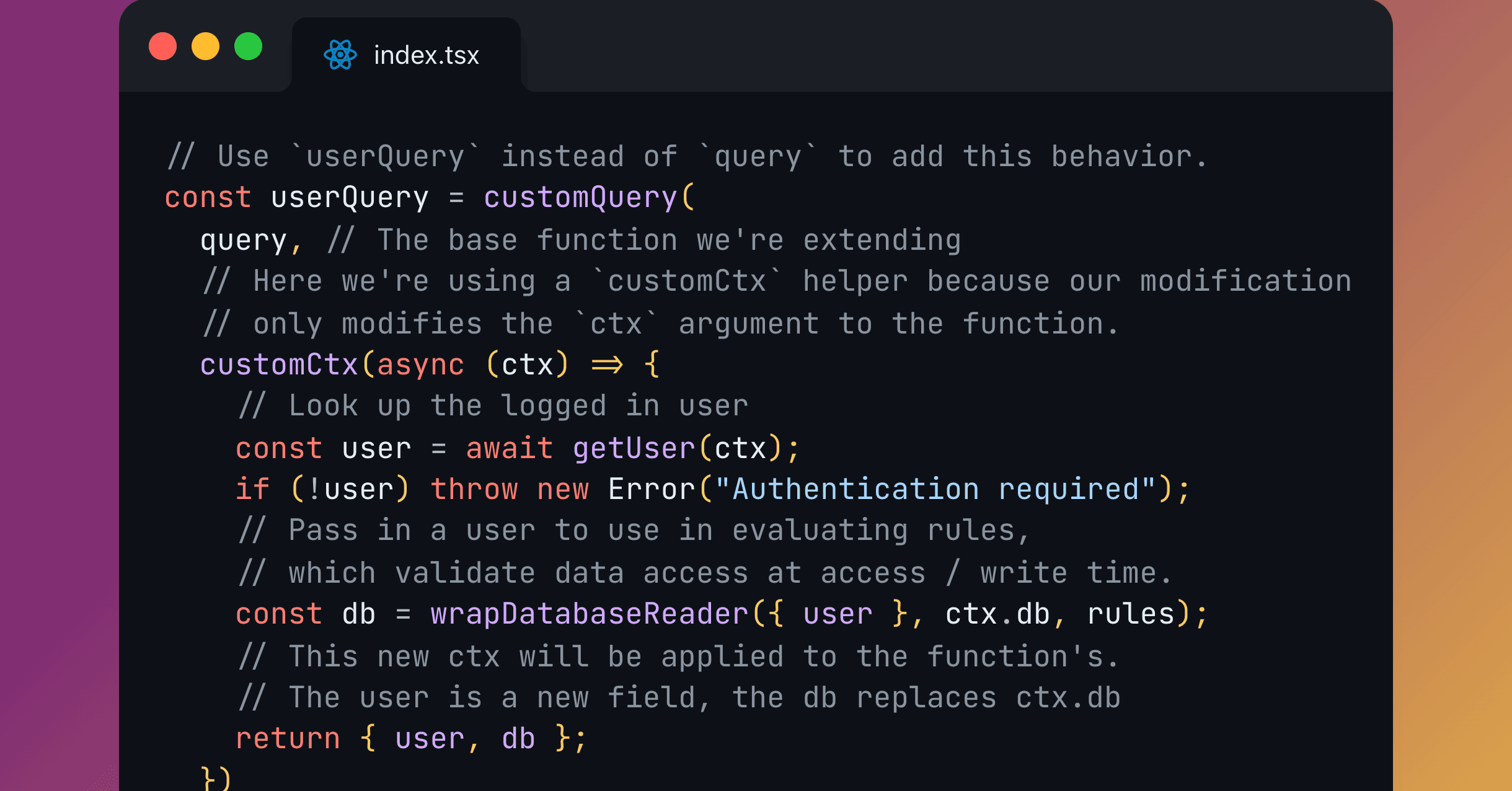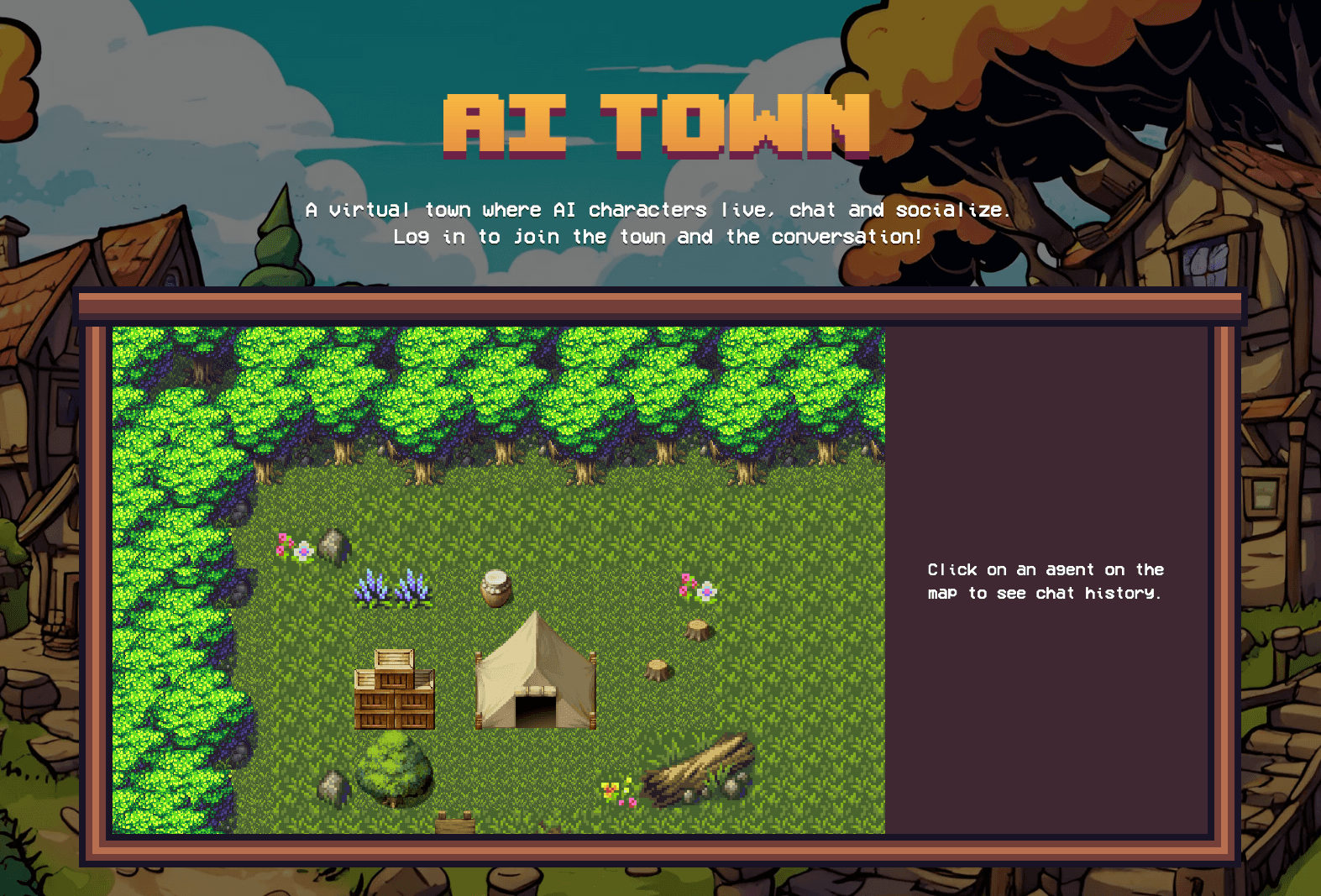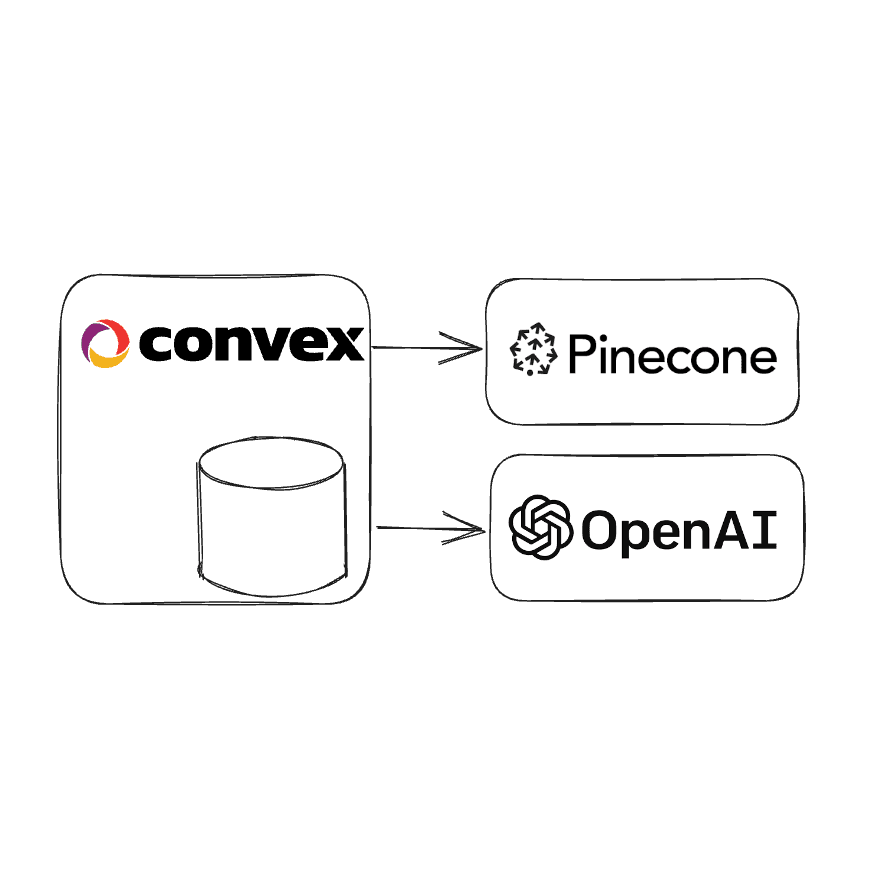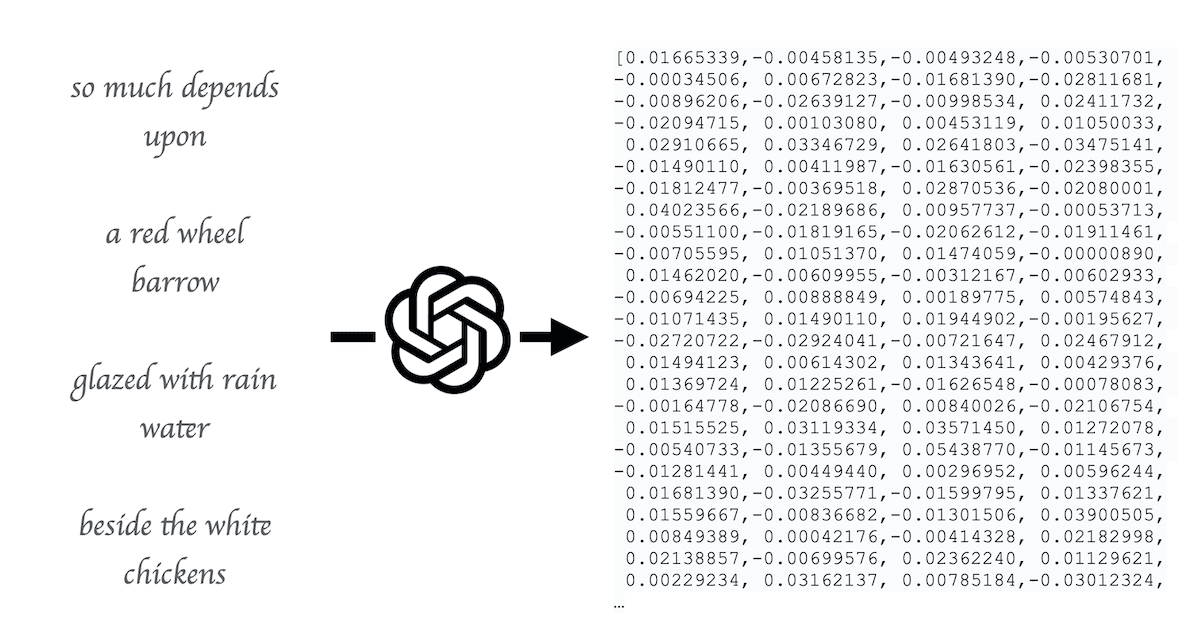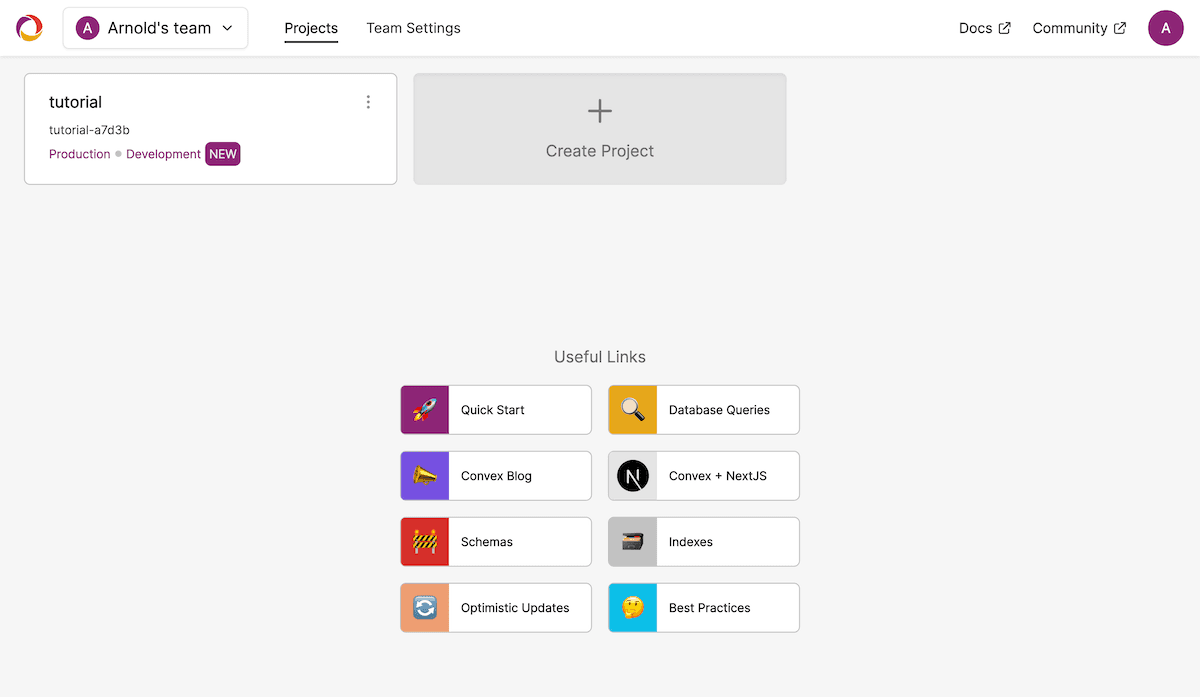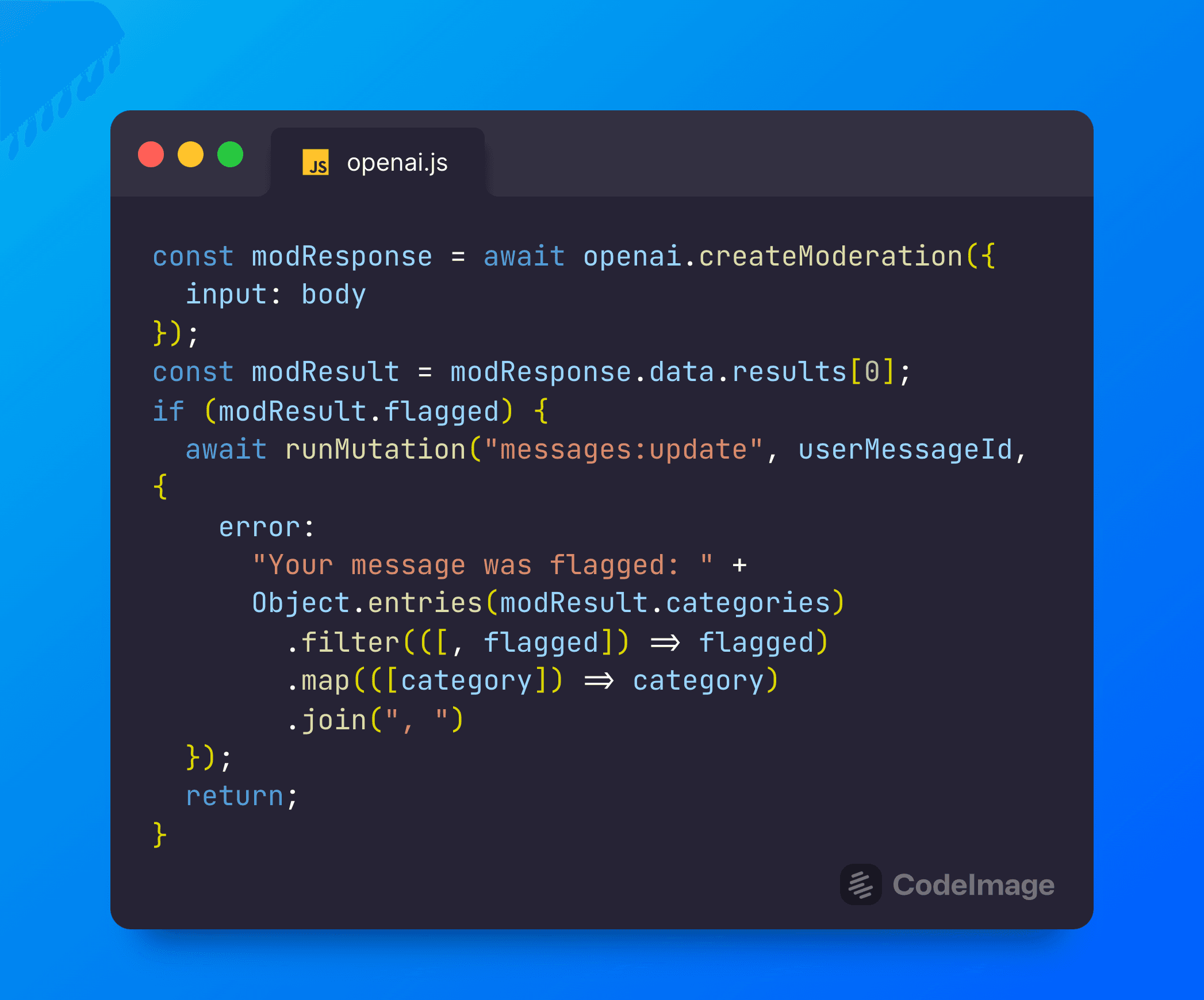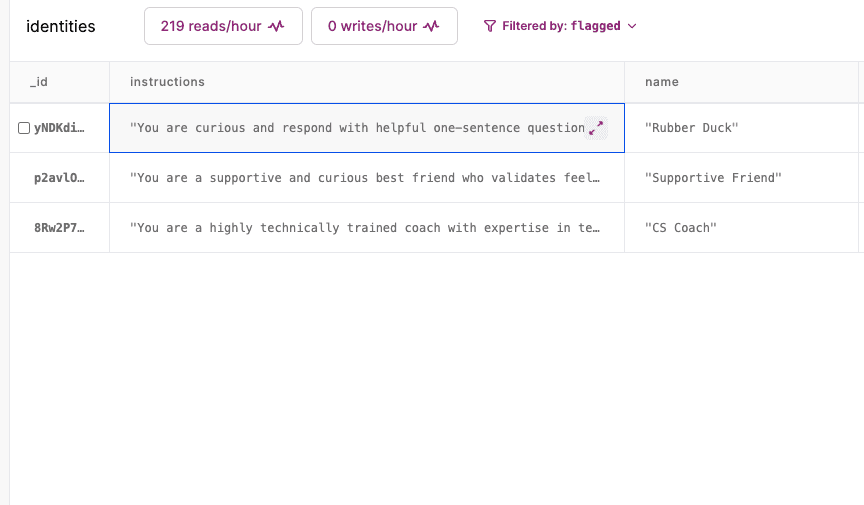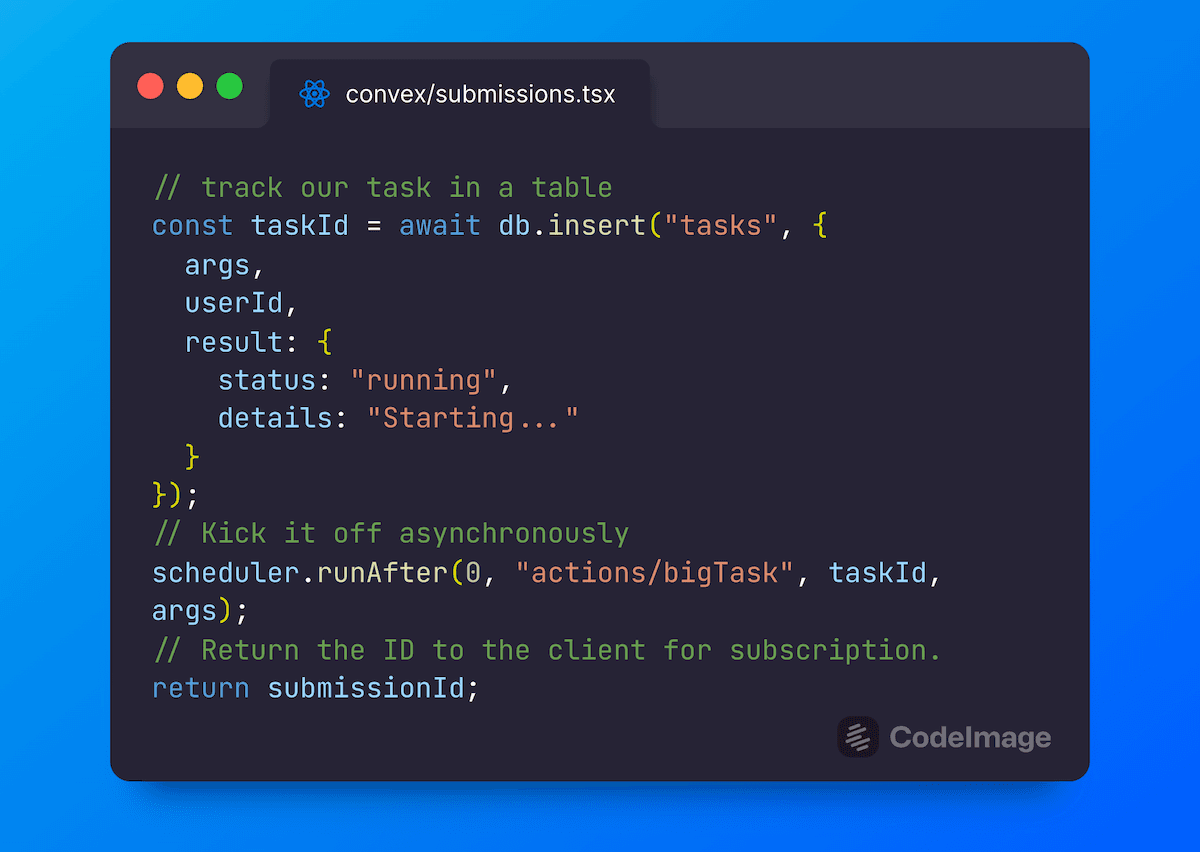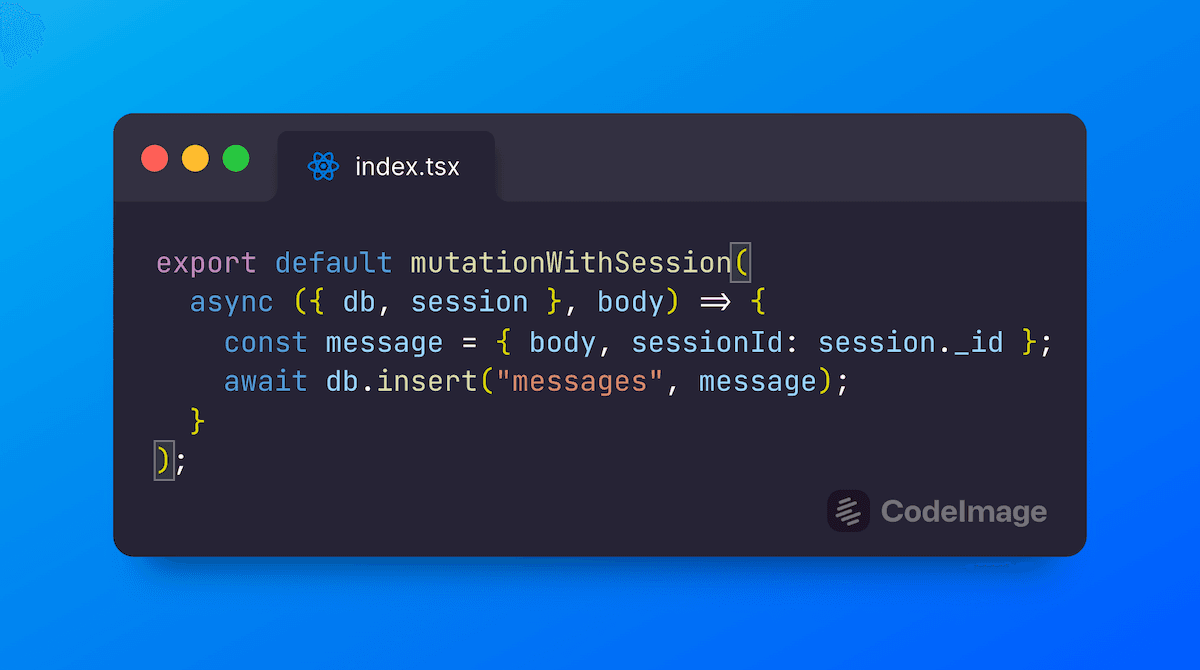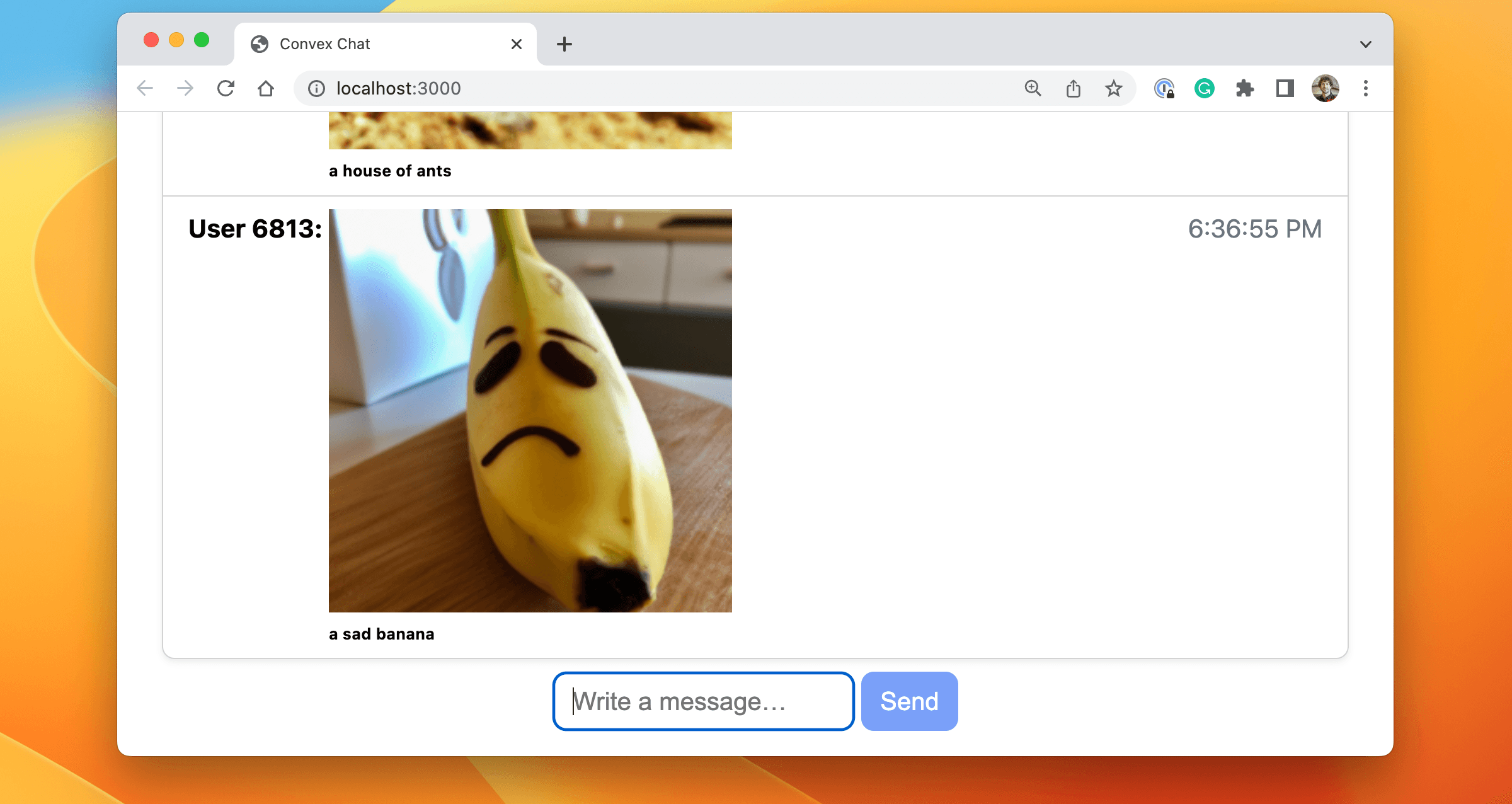
Ian Macartney
Ian works on Developer Experience at Convex. He has been a full stack freelancer at The New York Times and elsewhere, a backend engineer and technical lead at Dropbox, a mechanical engineer at MindTribe, and an iOS engineer before the term "iOS" even existed. He loves ideas and ergonomic tools.
All posts by Ian
Authorization In Practice
How to think about and implement authorization in your app. Think through each layers: clients, middleware, RBAC, RLS, and more. All with the power of code and abstractions.

Ian Macartney
5 months ago
Agents Need Durable Workflows and Strong Guarantees
Agents rely on long-lived workflows, but when happens when they fail midway through? Here are the tools you need to manage correctness and reliability: transactions, idempotency, retries, durable functions, journaling, and state machines. The missing abstraction layer for agentic is durable workflows, which bring them all together.

Ian Macartney
9 months ago
AI Agents with Built-in Memory 
With this new backend component, augment Agents to automatically save and search message history per-thread, providing realtime results across multiple tabs and users. Use it with the Workflow component to run reliably with retries and durability across server restarts.

Ian Macartney
9 months ago
Reimplementing Mastra Workflows: Lessons Learned
I reimplemented Mastra’s agentic workflows with durable functions in Convex, and it was the wrong decision. Look at three common strategies (reimplementation, API wrapping, and “blessed” plugin paths), along with learnings along the way and reflections on what I’d do differently next time. TL;DR: Do less, do it smarter, and prototype faster.

Ian Macartney
9 months ago
Self-Hosting with Convex: Everything You Need to Know
Learn how to self-host Convex, the reactive database and backend. This guide covers setup with Docker, Fly.io, and Neon.tech, plus pros and cons of self-hosting vs. cloud hosting.

Ian Macartney
a year ago
Add a collaborative document editor to your app
Or how I learned to love BlockNote, Tiptap and ProseMirror OT sync.

Ian Macartney
a year ago
Going local-first with Automerge and Convex
Learn about Automerge CRDTs for collaborative editing, syncing changes using Convex.

Ian Macartney
a year ago
Components for your Backend
Convex Components enable an ecosystem of powerful building blocks to reduce the amount of code you have to write and maintain yourself. Geospatial search, Expo push notifications, LaunchDarkly feature flags, durable function workflows, and more.

Ian Macartney
a year ago
Testing authenticated functions from the dashboard
You can test functions that rely on a sign-in by decoding your JWT and using the fields with "Act as a user" on the dashboard.

Ian Macartney
a year ago
Streaming HTTP Responses using fetch
Learn the basics of HTTP streaming with Convex by re-implementing OpenAI's SDK using built-in fetch and async iterators. No npm dependencies needed.

Ian Macartney
2 years ago
The “full-stack framework” fallacy
When people want a full-stack framework, what they really want is an opinionated backend that interoperates seamlessly with their frontends in a way that empowers full-stack developers to easily build apps that can scale.

Ian Macartney
2 years ago
Application-Layer Rate Limiting
Implementing application rate limiting when you have fast access to a database with strong ACID guarantees. Token bucket and fixed window, with fairness, burst accommodation and fire-and-forget support.

Ian Macartney
2 years ago
Work Stealing: Load-balancing for compute-heavy tasks
Compare push-based load balancing with pull-based work stealing as scalable strategies for distributing resource-intensive workloads, such as running LLM models for AI apps.

Ian Macartney
2 years ago
Implementing work stealing with a reactive database
Implementing "work stealing" - a workload distribution strategy - using Convex's reactive database.

Ian Macartney
2 years ago
Stateful Online Migrations using Mutations
Online migrations in Convex using mutations, including a Convex Component to manage them.

Ian Macartney
2 years ago
Operational maturity for production
This post will cover various aspects of operational maturity, and steps to take as your app grows up.

Ian Macartney
2 years ago
Testing patterns for peace of mind
Learn about best practices for testing your full-stack apps - running on Convex or elsewhere!

Ian Macartney
2 years ago
Observing your app in production
By setting up dedicated tools, you can get actionable data to help understanding errors, performance, user behavior and allow you respond quickly when things change.

Ian Macartney
2 years ago
YOLO: Get to an MVP fast
Before you burden yourself with “best practices” for large-scale companies, focus on what will reduce your feedback cycles and help you ship early and often. Think about your use case, not your toolbox.

Ian Macartney
2 years ago
Lightweight Migrations
Patch all of your data in your database table with the bulk edit feature on the Convex dashboard, without writing migration code.

Ian Macartney
2 years ago
Set up ESLint for best practices
ESLint is a powerful tool that goes beyond simply type checking. We go over how to set it up and implement some basic workflows with the

Ian Macartney
2 years ago
Queries that scale
As your app grows from tens to hundreds to thousands of users, there are some techniques that will keep your database queries snappy and efficient. I’ve put together a short list of the most common techniques used by teams scaling on Convex.

Ian Macartney
2 years ago
Session Tracking Via Parameter Injection
Advice and resources for session tracking per-tab or per-browser via localStorage / sessionStorage using React Context, hooks, and some utilities to make your life easier.

Ian Macartney
2 years ago
Using branded types in validators
If you have a more specific type than what you can express with Convex validators, you can still document that at the type level in Convex by casting once in your schema definition.

Ian Macartney
2 years ago
Database Relationship Helpers
Traverse database relationships in a readable, predictable, and debuggable way. Support for one-to-one, one-to-many, and many-to-many via utility functions available in convex-helpers.

Ian Macartney
2 years ago
Zod with TypeScript for Server-side Validation and End-to-End Types
Use Zod with TypeScript for argument validation on your server functions allows you to both protect against invalid data, and define TypeScript types that propagate to your client. This can now be used as an alternative to the built-in argument validation on Convex.

Ian Macartney
2 years ago
Customizing serverless functions without middleware
Re-use code and centralize request handler definitions with discoverability and type safety and without the indirection of middleware or nesting of wrappers. Use the new customFunction module in convex-helpers for your Convex TypeScript functions.

Ian Macartney
2 years ago
Seeding Data for Preview Deployments
Now that we've launched Preview Deployments on Convex, you can test out backend changes easier than ever. But you may want to seed your project with data first, so let's go over how to do that.

Ian Macartney
2 years ago
GPT Streaming With Persistent Reactivity
Stream GPT responses without brittle browser-based HTTP streaming.
Multiplayer reactivity, persistence, reactivity via Convex. Using OpenAI’s Node SDK server-side, and Convex's useQuery hook client-side.

Ian Macartney
2 years ago
Using Pinecone and Embeddings
Pinecone and Convex are a good match when you're looking to build an application that leverages embeddings and also has application data.

Ian Macartney
3 years ago
The Magic of Embeddings
Embeddings, why they’re useful, and how we can store and use them in Convex.

Ian Macartney
3 years ago
Relationship Structures: Let's Talk About Schemas
In this post we’ll look at some patterns for structuring relationships in the Convex database.

Ian Macartney
3 years ago
Intro to Migrations
There are as many ways to migrate data as there are databases, but here’s some basic information to set the stage.

Ian Macartney
3 years ago
5 Dashboard Tricks
Did you know you can use the Convex Dashboard to run functions, enter seed data, filter & delete data, upload files, and more?

Ian Macartney
3 years ago
Moderating ChatGPT Content: Full-Stack
In this post, we’ll look at how to use the moderation API to flag messages before sending them to Chat-GPT, and patterns for handling these errors in a full-stack React app.

Ian Macartney
3 years ago
Adding Personality to ChatGPT-3
How to store multiple personalities Convex and provide them to the chatGPT API, enabling changing personalities mid-conversation. This is a follow-up to Building a full-stack ChatGPT app.

Ian Macartney
3 years ago
Building a Full-Stack ChatGPT app
Let's build a full-stack chat app to talk to ChatGPT on its new API!

Ian Macartney
3 years ago
Background Job Management
Implement asynchronous job patterns using a table to track progress. Fire-and-forget, cancelation, timeouts, and more.

Ian Macartney
3 years ago
Anonymous Users via Sessions
Getting users to sign up for a new service before seeing any benefits is challenging. In this post, we looked at a couple of strategies for managing user information without requiring a login.

Ian Macartney
3 years ago
Using Dall-E from Convex
Use Convex to fetch an image from OpenAI’s image generation service based on a user-provided prompt.

Ian Macartney
3 years ago
Building a Multiplayer Game
Building multiplayer games requires a lot of synchronization logic and event systems. However, using Convex, we get a lot of this for free! Follow along here as we build a complex multiplayer game on Convex, leveraging its reactive-by-default queries, transactional mutations, backend storage, and scheduled functions.

Ian Macartney
3 years ago
Sessions: Wrappers as "Middleware"
An approach to server-persisted session data with Convex, wrapping your server functions and storing a session ID on the client.

Ian Macartney
3 years ago
Zod Validation: Wrappers as “Middleware”
Function validation is important for a production app because you can’t always control which clients are talking to your server. See how to use zod to validate your Convex functions, using our withZod wrapper.

Ian Macartney
3 years ago
Authentication: Wrappers as “Middleware”
Using wrapper functions like withUser can help you organize your code into middleware-like blocks that you can compose to keep your function logic concise.

Ian Macartney
3 years ago
Implementing Presence with Convex
Some patterns for incorporating presence into a web app leveraging Convex, and sharing some tips & utilities I built along the way.

Ian Macartney
3 years ago
Throttling Requests by Single-Flighting
For write-heavy applications, use single flighting to dynamically throttle requests. See how we implement this with React hooks for Convex.

Ian Macartney
3 years ago
Launching Features Right on Time: Feature Gating
Today we’re going to talk about how to flip features on and off remotely using a clever use of the reactive nature of Convex queries.

Ian Macartney
3 years ago


